Table of content
Mastering the Art of Cooking Andrographis: Delicious Recipes and Techniques to Transform This Bitter Herb into a Culinary Delight*
Andrographis, scientifically known as Andrographis paniculata*, is a bitter-tasting herb renowned for its medicinal properties, particularly in traditional Asian medicine. Often dubbed the “king of bitters,” it is prized for its ability to boost immunity, reduce inflammation, and aid digestion. However, its intense bitterness can be off-putting to those unfamiliar with its flavor profile. This article explores creative ways to prepare and cook andrographis, transforming it from a medicinal plant into a delicious ingredient that tantalizes the taste buds while retaining its health benefits.
Andrographis has a sharp, lingering bitterness that can dominate a dish if not handled properly. Its leaves are tender yet slightly fibrous, with a texture similar to spinach or watercress. The herb’s bitterness is attributed to compounds like andrographolide, which also contribute to its therapeutic effects. While some cultures embrace bitterness as a palate cleanser or digestive aid, others prefer to mellow it out with complementary flavors.
Nutritionally, andrographis is rich in antioxidants, vitamins (such as A and C), and minerals like potassium and calcium. Incorporating it into meals adds a nutritional boost, making it a valuable addition to balanced diets.
Preparing Andrographis for Cooking
Before cooking, andrographis requires careful preparation to reduce bitterness and enhance its culinary appeal. Here’s how:
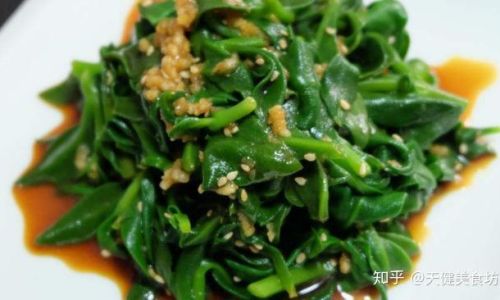
- Selecting Fresh Leaves: Choose vibrant green leaves with no wilting or yellowing. Younger leaves are milder in flavor compared to mature ones.
- Washing and Drying: Rinse the leaves thoroughly under cold water to remove dirt. Pat them dry with a kitchen towel or use a salad spinner to avoid excess moisture.
- Trimming Stems: Remove thick stems, as they can be tough and overly bitter. Retain tender stems for cooking if desired.
Techniques to Mellow Bitterness
The key to making andrographis palatable lies in balancing its bitterness with other flavors. Here are proven methods:
Blanching
Blanching involves briefly boiling the leaves and then plunging them into ice water. This process softens the leaves, reduces bitterness, and preserves their green hue.
- Method: Boil a pot of salted water. Add the leaves and cook for 1–2 minutes. Drain and transfer to an ice bath. Squeeze out excess water before use.
Marinating
Marinating andrographis in acidic ingredients like lemon juice or vinegar can neutralize bitterness. Combine with salt, sugar, or honey for a harmonious flavor.
- Method: Toss the leaves in a mixture of lemon juice, olive oil, and a pinch of salt. Let sit for 15–20 minutes before rinsing.
Pairing with Bold Flavors
Ingredients like garlic, ginger, chili, fermented soybean paste, and coconut milk can mask bitterness while adding depth.
Cooking Methods and Recipes
Below are five versatile ways to prepare andrographis, each offering a unique taste experience.

Stir-Fried Andrographis with Garlic and Oyster Sauce
A quick and aromatic dish that highlights the herb’s texture.
Ingredients:
- 200g fresh andrographis leaves
- 4 garlic cloves, minced
- 2 tbsp oyster sauce
- 1 tbsp soy sauce
- 1 tbsp vegetable oil
- 1 red chili, sliced (optional)
Instructions:
- Heat oil in a wok over medium heat. Sauté garlic and chili until fragrant.
- Add blanched andrographis. Stir-fry for 2–3 minutes.
- Stir in oyster sauce and soy sauce. Cook for another minute. Serve hot with steamed rice.
Andrographis and Coconut Milk Soup
A creamy, comforting soup that tones down bitterness with rich coconut milk.
Ingredients:
- 300g andrographis leaves
- 1 can coconut milk
- 1 onion, diced
- 2 garlic cloves, minced
- 1 tbsp fish sauce
- 1 tsp turmeric powder
- 1 cup vegetable broth
Instructions:
- Sauté onion and garlic in a pot until golden. Add turmeric and stir for 30 seconds.
- Pour in coconut milk and broth. Bring to a simmer.
- Add andrographis and cook until wilted (3–4 minutes). Season with fish sauce. Serve with crusty bread.
Andrographis Fritters with Herbed Yogurt Dip
Crispy fritters that turn the herb into a crowd-pleasing snack.
Ingredients:
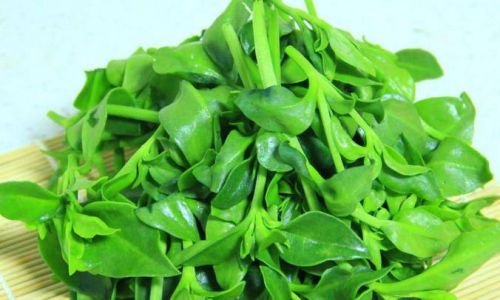
- 1 cup blanched andrographis, chopped
- 1 cup chickpea flour
- ½ cup water
- 1 tsp cumin seeds
- 1 green chili, minced
- Salt to taste
- Oil for frying
Instructions:
- Mix flour, water, cumin, chili, and salt into a thick batter. Fold in andrographis.
- Heat oil in a deep pan. Drop spoonfuls of batter into the oil and fry until golden (2–3 minutes).
- Serve with a yogurt dip seasoned with mint and lemon.
Andrographis and Tofu Stir-Fry
A vegan-friendly dish combining protein-rich tofu with earthy flavors.
Ingredients:
- 200g firm tofu, cubed
- 150g andrographis leaves
- 1 tbsp black bean sauce
- 1 tbsp sesame oil
- 1 tbsp rice vinegar
- 1 tbsp grated ginger
Instructions:
- Pan-fry tofu until crispy. Set aside.
- Stir-fry ginger in sesame oil. Add andrographis and black bean sauce.
- Toss in tofu and rice vinegar. Cook for 2 minutes. Garnish with sesame seeds.
Andrographis and Mushroom Salad
A refreshing salad that balances bitterness with umami-rich mushrooms.
Ingredients:
- 100g andrographis leaves
- 200g shiitake mushrooms, sliced
- 1 tbsp toasted sesame oil
- 1 tbsp lime juice
- 1 tsp honey
- 1 tbsp soy sauce
Instructions:

- Grill mushrooms until tender. Toss with blanched andrographis.
- Whisk sesame oil, lime juice, honey, and soy sauce. Drizzle over the salad. Serve chilled.
Tips for Cooking with Andrographis
- Start Small: If new to the herb, use it sparingly. Gradually increase the quantity as you adjust to its flavor.
- Experiment with Textures: Blend it into pestos, add it to omelets, or mix it into grain bowls for varied experiences.
- Balance Acidity and Sweetness: A squeeze of lime or a drizzle of honey can elevate the dish.
- Freeze for Later: Blanch and freeze andrographis in portions for up to three months.
Cultural Context and Modern Adaptations
In Southeast Asia, andrographis is a staple in herbal soups and stir-fries. In Thailand, it’s often paired with chili and shrimp paste, while in Vietnam, it’s added to canh chua (sour soup). Modern chefs are now incorporating it into fusion dishes, such as andrographis-infused cocktails or vegan pesto.
Conclusion
Andrographis may seem daunting due to its bitterness, but with the right techniques, it can become a star ingredient in your kitchen. Whether stir-fried, blended, or simmered into soups, this herb offers a unique canvas for culinary creativity. By balancing its bitterness with complementary flavors, you can enjoy its health benefits while savoring a dish that’s both nutritious and delicious. So, the next time you encounter this “king of bitters,” don’t hesitate to experiment—your taste buds might just thank you.

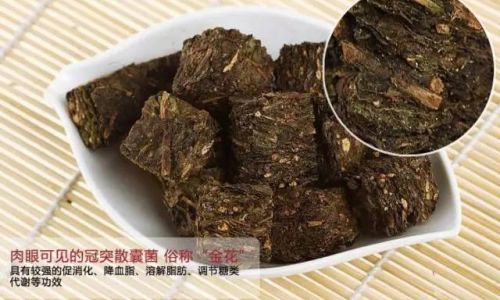
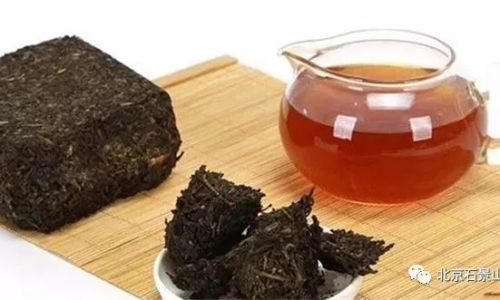
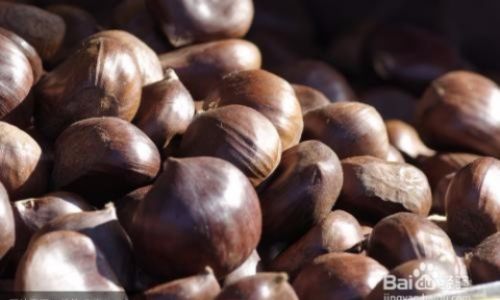
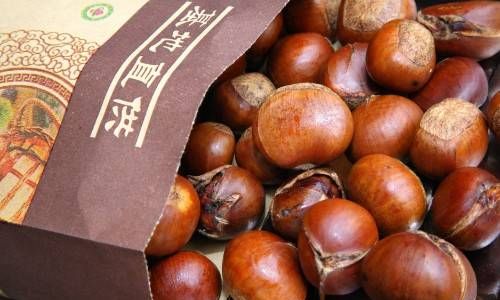
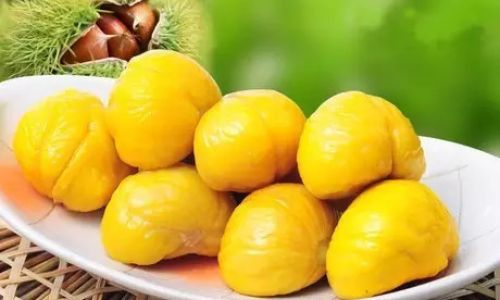
0 comments